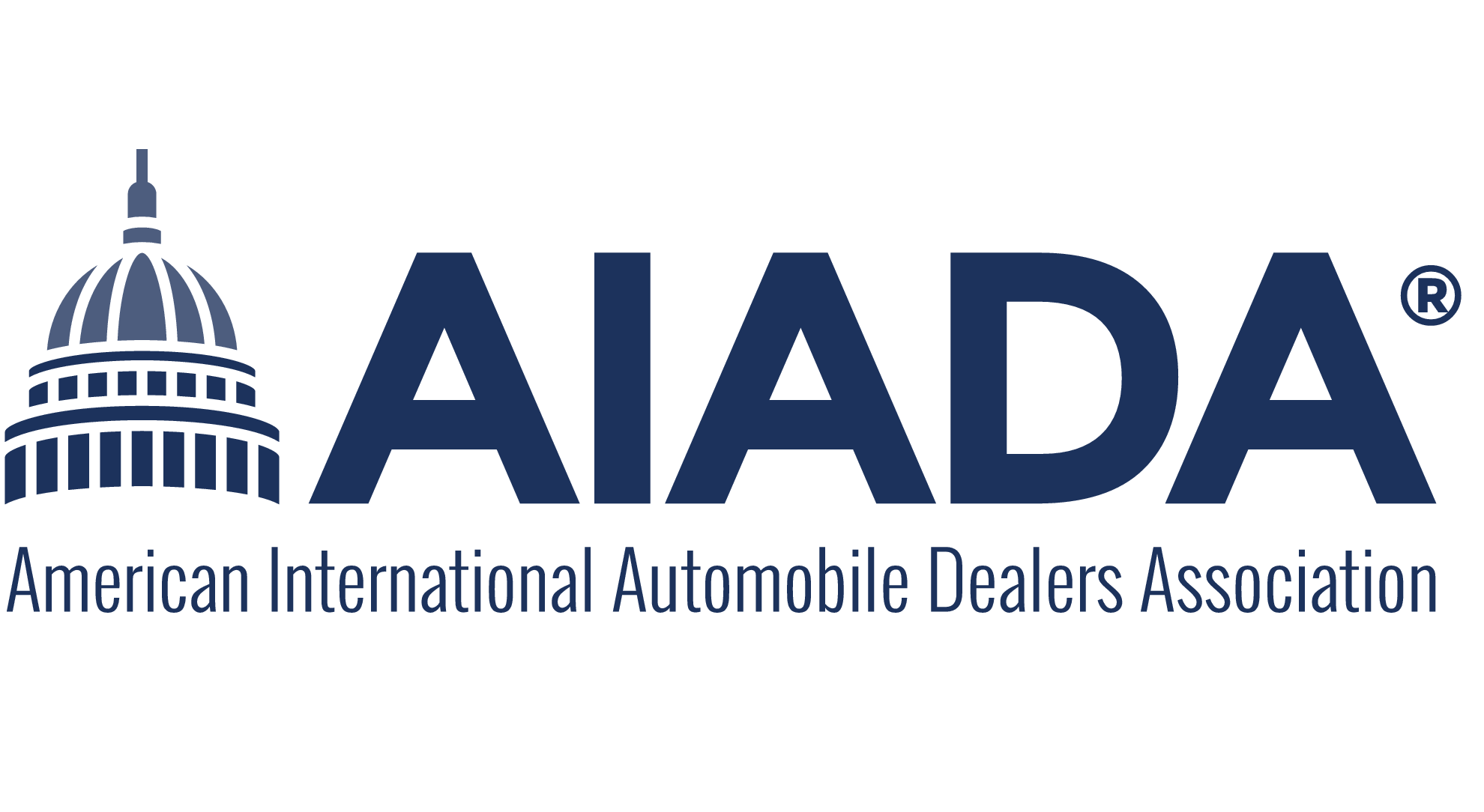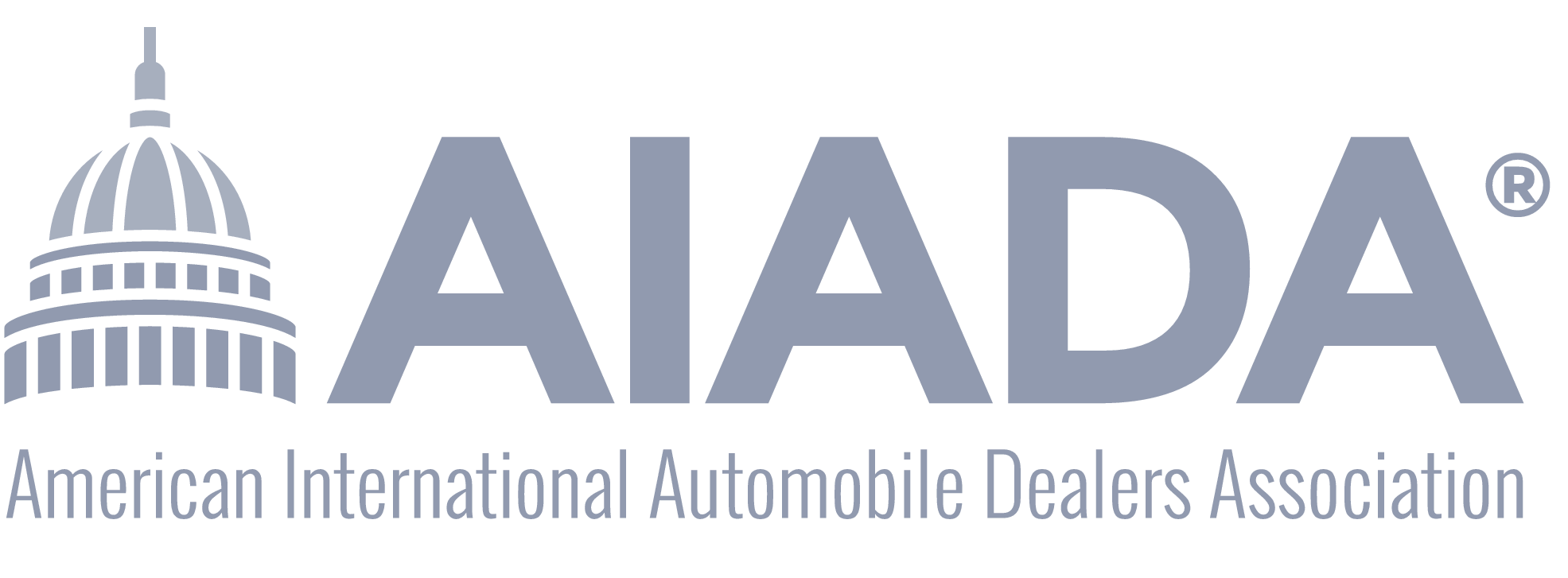U.S., EU Are Set to Miss Critical Minerals Agreement This Week
A U.S. and European Union push to reach an accord on fostering critical mineral supply chains is set to miss another target this week, according to people familiar with the discussions. The final draft statement for a high-level trade and technology meeting in Leuven, Belgium, on Thursday falls short of a deal, instead it says the transatlantic allies “are advancing negotiations toward a critical minerals agreement,” according to a document seen by Bloomberg. An earlier version of the statement left open the door to an “agreement in principle.” The U.S. and EU are still hoping to reach an agreement later this year before elections on both sides of the Atlantic, said the people, who spoke on the condition of anonymity. The two allies have been trying to conclude an agreement for many months now but have repeatedly failed to do so. The EU has previously said that’s because the U.S. insists on more onerous terms than those it demanded of Japan for a similar arrangement, including on issues such as reviewing labor rights across supply chains. Click here for the full story.
Why Auto Supply Chains Have Shown Resiliency After the Baltimore Bridge Collapse, Port Blockage
The horrifying images of Baltimore's Key Bridge collapsing on March 26 — and the subsequent blocking of commercial shipping in and out of the country's busiest automotive port — left some in the industry wondering if it would be in for a repeat of the supply chain woes it experienced during the pandemic and microchip shortage. But one week after the collapse, there's no indication the disaster in Baltimore will have an impact anywhere near that, supply chain experts said. While the situation is far from ideal, it's proved to be manageable, they said. "There was a lot of panic for a lot of people last week when this happened, wondering if this would be a return to the days in 2021 when dealer lots were short," said Jason Miller, a professor in supply chain management at Michigan State University. "But this is not a return to 2021." According to Automotive News, automakers and suppliers have thus far been able to reroute imports and shipments of vehicles and parts to other ports on the east coast. Miller said some vehicle cargo has since moved through ports in Delaware and Georgia. Click here for the full story.
Navigating Downward Pressure on Vehicle Gross Profits
Healthier vehicle inventories and stubbornly high interest rates are eroding what was once a profit center for franchised dealerships. For the first time since before the pandemic, floor planning has once again become a cost center instead of a source of profit, reports Wards. This flip from an asset to a liability, combined with downward pressure on new-vehicle gross profits, is challenging dealerships to find new strategies to cut costs without negatively affecting the customer experience. During the pandemic-driven chip shortage, when vehicles were routinely sold before they ever hit dealership lots and interest rates were historically low, there was money to be made from floor planning. In 2020, NADA said dealerships made an average profit of $108,395 on floor planning. In contrast, when the Federal Reserve raised interest rates in 2018 to prevent a tight job market from causing inflation, floor planning cost the average dealership $55,164, according to NADA. That cost rose to an average of $82,979 the following year. Enter 2024 and the profit picture for most dealerships has become even more challenging. Click here for the full story.
U.S. Market Rises 5.5% in March, 5.1% in Q1 Behind More Deals, Inventory
The U.S. new light-vehicle market expanded 5.5 percent in March and 5.1 percent in the first quarter, helped by higher inventories, healthy fleet volume and a sharp rise in incentives that drove retail demand, GlobalData said Wednesday in a preliminary report. It was the 20th straight month of year over year gains, reports Automotive News. Retail sales tallied 1.15 million last month, GlobalData estimated, and fleet deliveries totaled 292,000, or 20.3 percent of the overall market. Sales had been projected to rise 4.7 percent to 12 percent in March, and 4.5 percent to 5.6 percent in the first quarter, based on a range of estimates from J.D. Power-GlobalData, Cox Automotive, S&P Global Mobility and Edmunds. The seasonally adjusted annual rate of sales in March came in at 15.5 million, at the low end of the range of forecasts: 15.5 million to 16.4 million and compared with the 16.01 million sales pace in February and 15.02 million in March 2023. Click here for the full story.
Kerrigan Blue Sky Report Reveals Key Insights into Dealership Market Trends and Valuations – Erin Kerrigan
Erin Kerrigan, managing director at Kerrigan Advisors, conducted an electrifying interview on the latest episode of CBT News’ Inside Automotive, revealing the seismic shifts in the automotive industry. The discussion revealed that dealership transactions hit a record-breaking high and that the landscape is evolving due to capital abundance and strategic reinvestments. Kerrigan unveils insights from the monumental 10th annual Kerrigan Blue Sky Report, shedding light on the nuances of dealership valuations, the burgeoning influence of electric vehicles, and regional market trends redefining the automotive retail sector. According to the report, Kerrigan reveals that the automotive dealership buy-sell market in 2023 saw significant activity, with over 395 transactions and 680 franchises involved. This period included some of the highest-priced transactions in the industry’s history, like the sale of the Koons Automotive. Dealers are not heavily relying on debt markets for acquisitions but are instead using their capital reserves. Despite a decrease in earnings from peak levels in 2021 and 2022, the industry still enjoys substantial capital, encouraging dealers to reinvest in the automotive sector. Click here for the full story.
Tax Tip of the Month: Installing Solar – Impact of the Inflation Reduction Act
This Tax Tip of the Month is brought to you by AIADA Affinity Partner Moss Adams. The passage of the Inflation Reduction Act (IRA) in 2022 created an unprecedented opportunity for dealerships to implement certain green energy projects, including the installation of solar panels. The IRA established a base credit percentage of 6 percent, which can be enhanced to 70 percent of qualified costs.
Compliance with prevailing wage and apprenticeship rules (PWA) increases the base credit percentage from 6 percent to 30 percent. To meet PWA, all laborers on the project must be paid prevailing wages, and a certain percentage of apprentices must be employed. Importantly, however, systems under 1 megawatt (AC) in size are exempt from the PWA requirement. Projects that meet domestic content requirements qualify for an additional 10 percent bonus if certain Buy America requirements are met.
An additional 10 percent enhancement is available for projects located in an energy community, which can be established based on a project’s address or other environmental factors. Finally, an additional 10 percent-20 percent enhancement is available under the low-income communities bonus program, but a competitive application is required.
A cost segregation study can help identify the eligible basis for calculating the credit amount. It is important to consult with a tax professional to determine eligibility.
Around the Web
Renault And Volvo Partner to Launch the ‘Tesla of Vans’[Carscoops]
What’s the Difference Between the Subaru Forester and Subaru Outback? [Motortrend]
2024 Mazda Miata Sales: the Autoblog Miata Index [Autoblog]
2024 Honda Ridgeline Review: What You See Is What You Get [The Drive]

